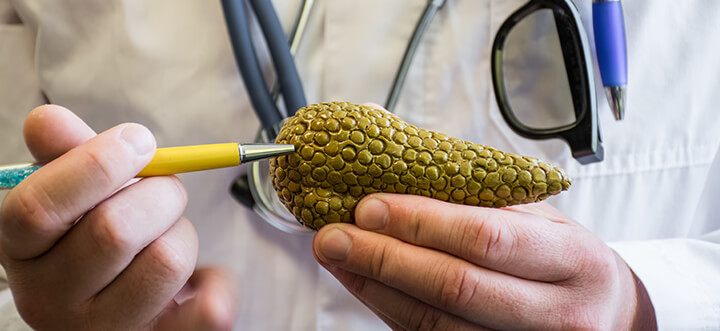Endoscopic Retrograde Cholangiopancreatography

What is an endoscopic retrograde cholangiopancreatography (ERCP)?
An endoscopic retrograde cholangiopancreatography (ERCP) is a specialized technique used to study the ducts of the gallbladder, pancreas, and liver. The ducts are the drainage routes; the drainage channels from the liver are called bile or biliary ducts. An ERCP is performed to investigate the cause of abdominal pain, detect liver or pancreas disease, or remove gallstones.
During an ERCP, a long, flexible tube called an endoscope is guided through your mouth, through the stomach, and into the duodenum. Your doctor will flush the ducts with a dye to take an X-ray and further study the gallbladder, pancreas, and liver.
Preparing for an ERCP
Before your ERCP, you will need to fast for at least six hours prior to the procedure to ensure you have an empty stomach for the best examination. It is very important to discuss any medical conditions or allergies you have prior to the ERCP, especially if you are allergic to any iodine-containing drugs. Before your procedure, your doctor will provide you with instructions to follow leading up the ERCP.
What to expect during an ERCP
An ERCP usually takes about 30-60 minutes to complete. You will be given a mild sedative to help you relax during the procedure and reduce any pain. Your doctor will instruct you to lay down on your left side on an X-ray table and will insert the endoscope through your mouth and guide it down to the ducts. Your doctor will then insert a narrow plastic tube called a catheter into the endoscope and flush the ducts with dye to take an X-ray. During the procedure, you may feel mild bloating. If given a sedative, you will need to have someone drive you home after the procedure.
Forms for your Visit
For important information on how to prepare for your upcoming procedure, please download the forms below.